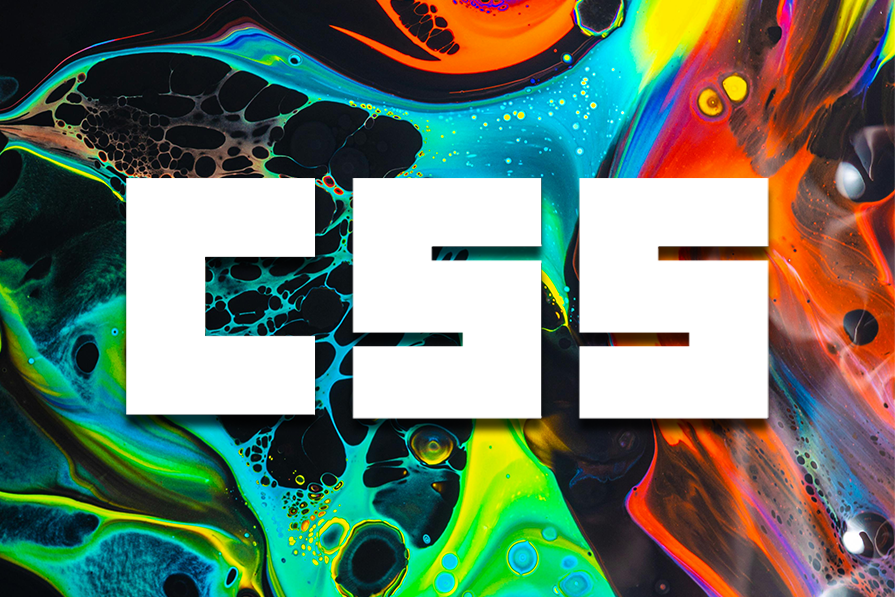
"Overlays enhance visuals by adding a semi-transparent layer on images, improving text visibility and enabling interactive effects. This guide details CSS techniques for implementing such overlays."
"To create an overlay effect, wrap your image in a container and apply the ::before pseudo-element. This allows for customization through CSS while enhancing the image's appearance."
"Using a semi-transparent background with the ::before pseudo-element positions the overlay above the image but does not obscure text, provided the text is positioned absolutely."
"The article illustrates that image overlays can greatly improve design interactivity and readability, encouraging developers to explore animation and hover techniques for better user engagement."
This article provides a comprehensive guide to creating image overlays using CSS, highlighting their role in enhancing design and interactivity. It explains the fundamentals, such as using the ::before pseudo-element to add a semi-transparent layer over images, improving text visibility and emphasizing details. The guide then transitions into more advanced applications, including hover effects and animations. Updated in March 2025, it aims to provide streamlined information for developers looking to enhance user experience through creative overlay techniques.
Read at LogRocket Blog
Unable to calculate read time
Collection
[
|
...
]